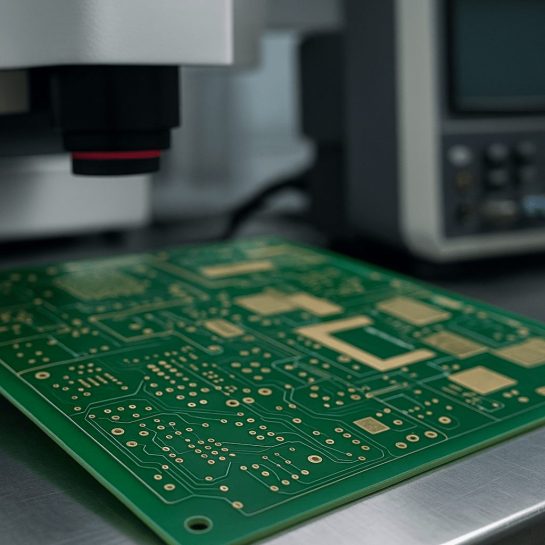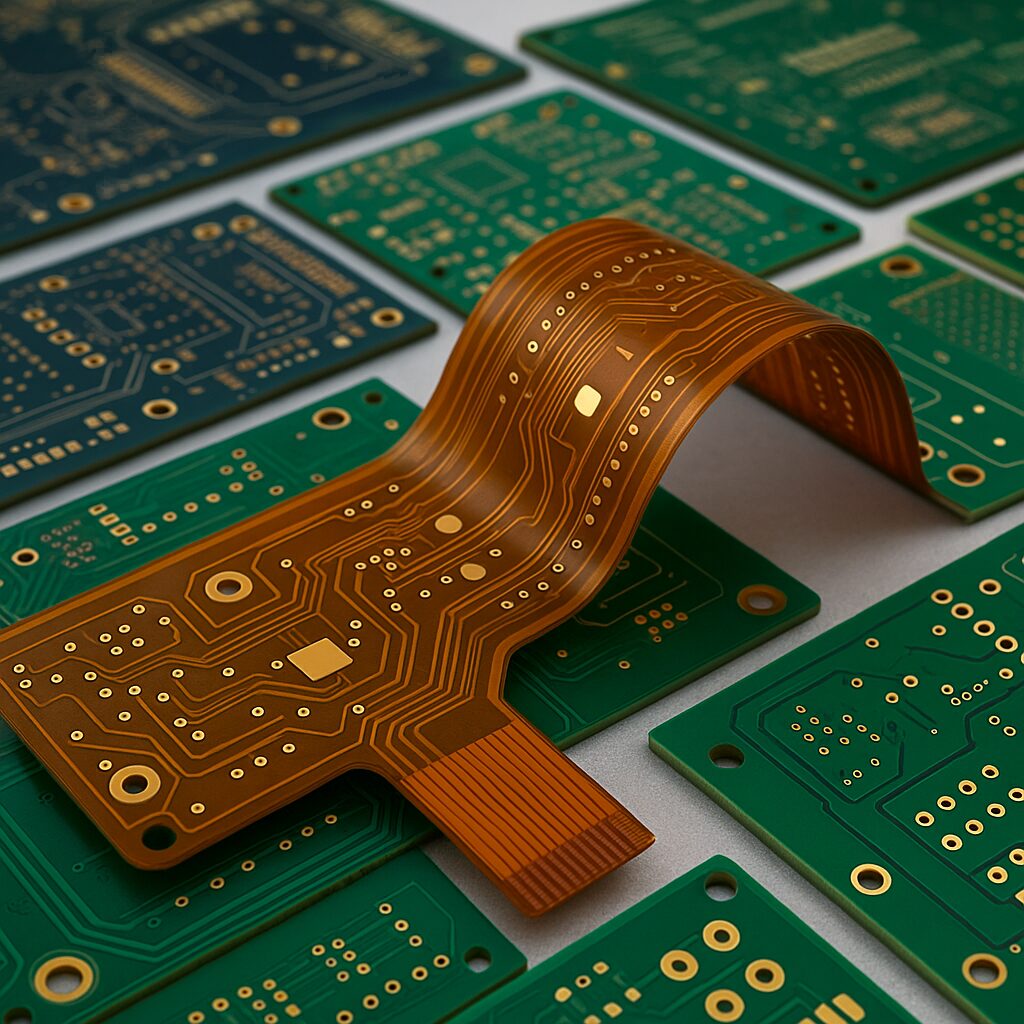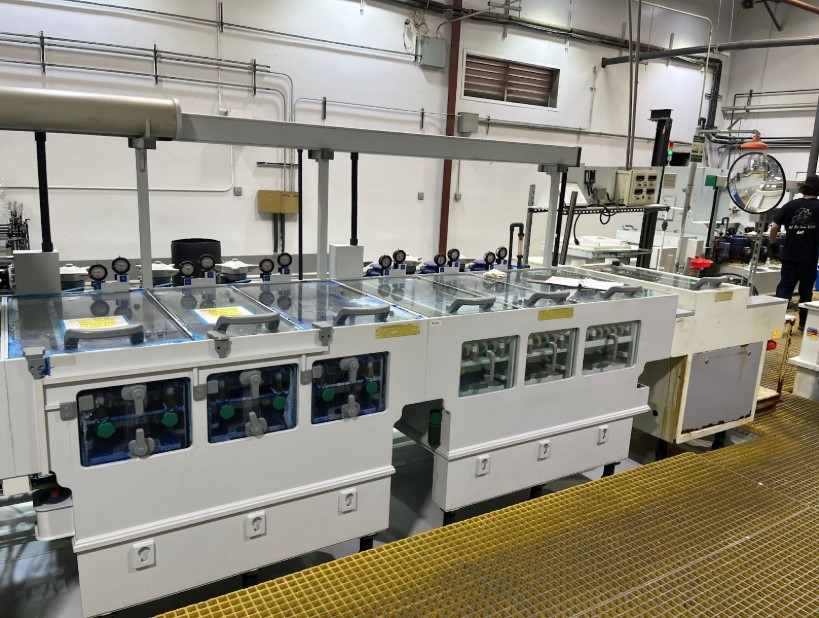Industrial PCB manufacturing requires precision, reliability, and strict quality control to meet the demands of industries like aerospace, automotive, telecommunications, and medical technology. Ensuring high-quality fabrication involves careful material selection, process control, adherence to industry standards, and advanced testing techniques.
Key Factors in High-Quality PCB Manufacturing
1. Material Selection: Enhancing Performance & Reliability
Selecting the right PCB materials is essential for ensuring long-term durability and signal integrity. Key considerations include:
- Dielectric properties: Low-loss laminates improve high-frequency signal transmission.
- High-Tg substrates: Enhance thermal stability for high-power applications.
- Advanced copper foils: Reduce conductor loss and improve electrical performance.
- Flex and rigid-flex materials: Provide mechanical flexibility while maintaining signal stability.
2. Process Control: Precision in Manufacturing
Strict control at every stage of PCB production is crucial. Important processes include:
- Lamination & Layer Alignment: Ensures precise stack-ups for multilayer PCBs.
- Drilling & Via Formation: Laser drilling and microvia technology improve high-density interconnects (HDI).
- Copper Plating & Surface Finishes: Enhances conductivity and solderability with options like ENIG and immersion silver.
- Solder Mask & Silkscreen Application: Protects circuit traces and aids in assembly identification.
Automated optical inspection (AOI), X-ray testing, and 3D solder paste inspection detect defects early, ensuring flawless board fabrication.
3. Compliance with Industry Standards
High-quality PCB production must adhere to industry regulations and standards. Examples include:
- IPC-6012: Governs performance for rigid PCBs.
- ISO 9001: Establishes quality management system requirements.
- MIL-PRF-31032: Defines military-grade PCB specifications.
- RoHS & REACH Compliance: Ensures environmentally safe manufacturing.
Following these standards guarantees that PCBs meet performance, durability, and environmental requirements.
4. Testing & Reliability Assurance
Rigorous testing ensures that PCBs meet electrical and mechanical performance expectations. Key testing methods include:
- Electrical Testing: Flying probe and in-circuit testing (ICT) verify signal continuity.
- Thermal Cycling & Stress Testing: Simulates extreme temperature and humidity conditions.
- Vibration & Shock Testing: Ensures durability in harsh operating environments.
- X-ray & Microsection Analysis: Detects hidden defects in fine-pitch components and BGA soldering.
5. Advanced Manufacturing Techniques
With increasing demand for miniaturization and high-speed performance, PCB manufacturers leverage cutting-edge technologies such as:
- High-Density Interconnect (HDI): Allows compact, high-speed circuits.
- Embedded Components: Reduces space requirements and improves electrical performance.
- Sequential Lamination & Via-in-Pad: Enhances thermal management and high-frequency performance.
- Flexible & Rigid-Flex PCB Manufacturing: Enables bendable, lightweight designs.
Ensuring high-quality PCB fabrication requires advanced materials, precise manufacturing, rigorous testing, and adherence to industry standards. As electronics evolve, manufacturers must continually refine their processes, adopt new technologies, and enhance quality assurance to meet growing industry demands.
 Your connection to advanced PCB manufacturing
Your connection to advanced PCB manufacturing 


